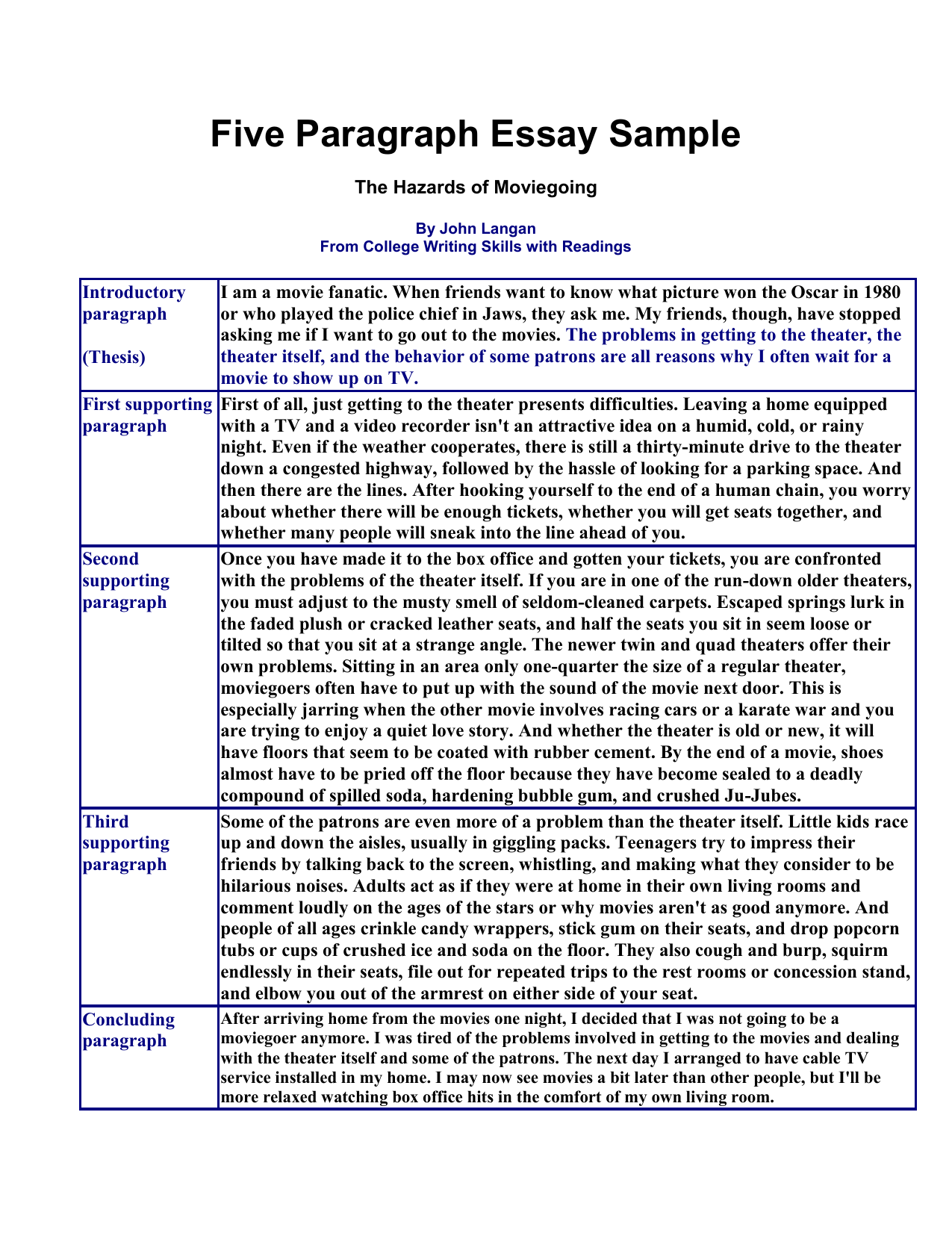

The interpretation argues for why this change occurred as part of broader social shifts.įinally, wrap up the paragraph by returning to your main point and showing the overall consequences of the evidence you have explored.The evidence tells us about the changing attitude to Braille among the sighted.

Access to reading could help improve the productivity and integration of people with vision loss. Over time, however, with the increasing impetus to make social contribution possible for all, teachers began to appreciate the usefulness of Braille’s system (Bullock & Galst, 2009). Use transition words and phrases to show the connections between different sentences in the paragraph. Steps 3 and 4 can be repeated several times until your point is fully developed. This sentence adds detail and interpretation to the evidence, arguing that this specific fact reveals something more general about social attitudes at the time.

This resistance was symptomatic of the prevalent attitude that the blind population had to adapt to the sighted world rather than develop their own tools and methods.
If you referred to information from a secondary source, show how it develops the idea of the paragraph. If you cited a statistic, tell the reader what it implies for your argument. If you quoted a passage, give your interpretation of the quotation. How you do so will depend on what type of evidence you have used. Now you have to show the reader how this evidence adds to your point. Step 4: Explain or interpret the evidence This sentence cites specific evidence from a secondary source, demonstrating sighted people’s reluctance to accept Braille. Many of the teachers at the Royal Institute for Blind Youth resisted Braille’s system because they found the tactile method of reading difficult to learn (Bullock & Galst, 2009). Descriptive examples of artistic or musical works, events, or first-hand experiences. Qualitative or quantitative data that you have gathered or found in existing research. Summaries, paraphrases, or quotations of secondary sources that provide information or interpretation in support of your point. Quotations from literary texts, interviews, and other primary sources. Common types of evidence used in academic writing include: “Evidence” here doesn’t just mean empirical facts-the form it takes will depend on your discipline, topic and approach. Now you can support your point with evidence and examples. See editing example Step 3: Give evidence This sentence expands on the topic and shows how it fits into the broader argument about the social acceptance of Braille. This support was necessary because sighted teachers and leaders had ultimate control over the propagation of Braille resources. The topic sentence tells the reader what the paragraph is about-but why does this point matter for your overall argument? If this isn’t already clear from your first sentence, you can explain and expand on its meaning. Step 2: Show why the paragraph is relevant Leaves space for evidence and analysis. Clearly identifies this paragraph’s focus (the acceptance of Braille by sighted people). Transitions from the previous paragraph (which discussed the invention of Braille). It should be specific enough to cover in a single paragraph, but general enough that you can develop it over several more sentences.Īlthough the Braille system gained immediate popularity with the blind students at the Institute in Paris, it had to gain acceptance among the sighted before its adoption throughout France. You can start by drafting a sentence that sums up your main point and introduces the paragraph’s focus. 
If you have already made a plan or outline of your paper’s overall structure, you should already have a good idea of what each paragraph will aim to do. First, you need to know the central idea that will organize this paragraph.








 0 kommentar(er)
0 kommentar(er)
